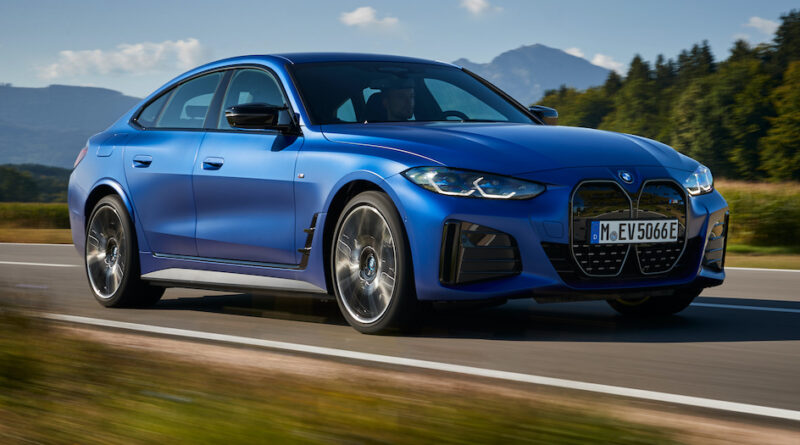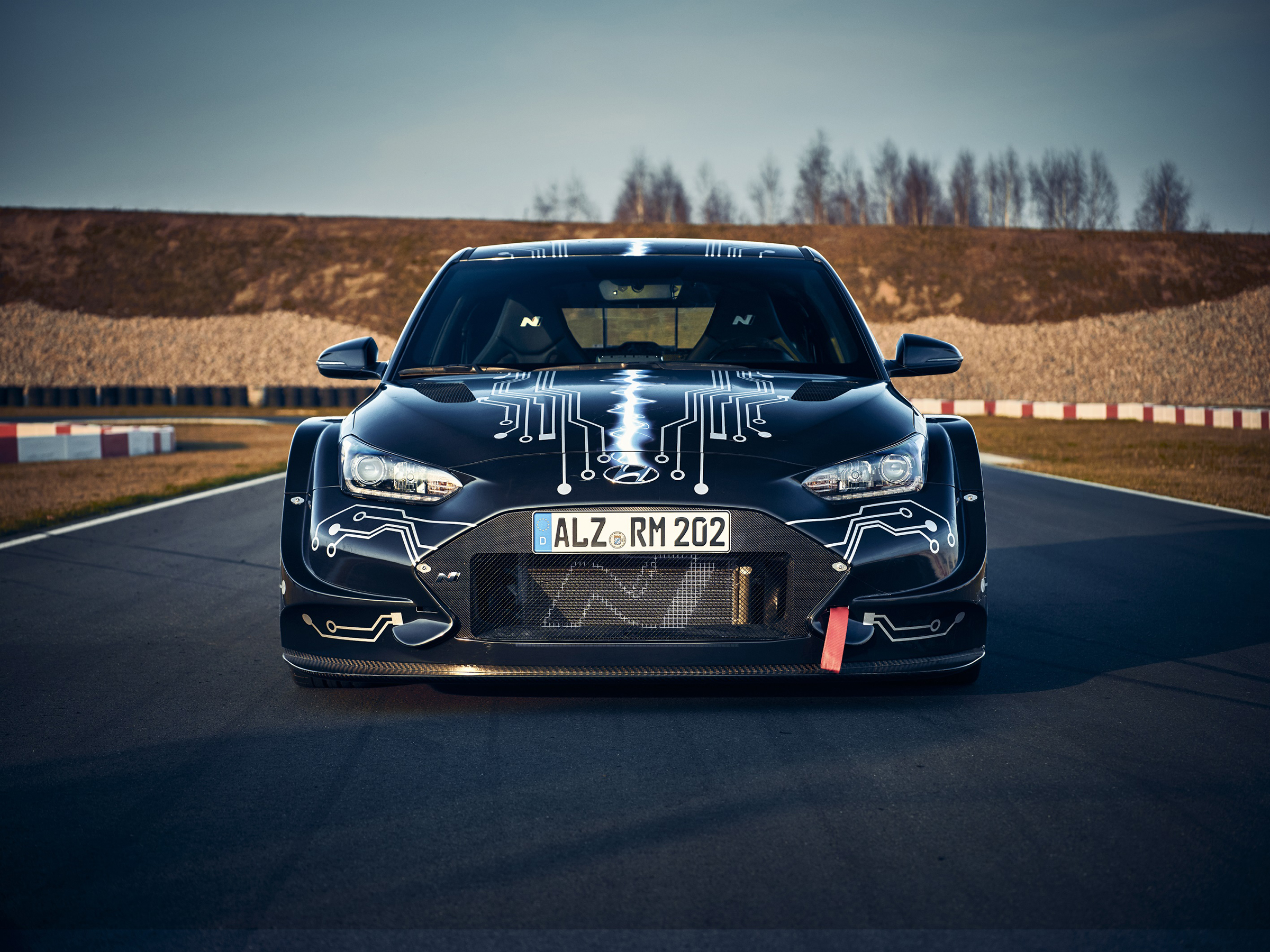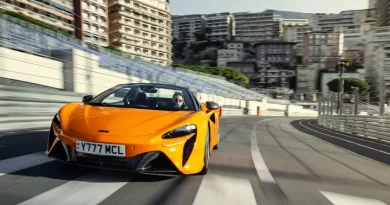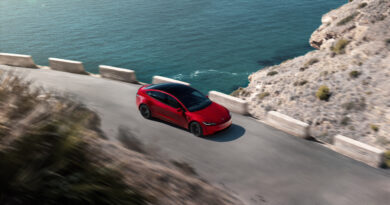Is the BMW i4 M50 an M3 beater? BMW says ‘Nein’
Does the electrifying new BMW i4 M50 pose an in-house threat to the M3 and M4 ICE performance cars?
BMW says there won’t be sales cannibalisation, even though the flagship of the battery electric four-door coupe range that goes on-sale in Australia early in 2022 has more power, is cheaper and is just as quick as the two horsepower icons.
The primary reason BMW cites for its point of view is that the M3 and M4 are real M cars, the i4 M50 is only an M Performance model.
“This means it comes with extended capabilities for sporty driving on public roads but was not designed for racetrack use, even if it is capable in that environment,” explained ,” BMW electromobility spokesman Wieland Bruch.
“Our BMW M3 and M4 were engineered with full racetrack capability in mind, and their highly focused overall manner reflects that while also delivering excellent day-to-day ride qualities.”
Bruch also pointed out one glaring difference between these high-performance models.
“The i4 M50 is the first purely electric performance car from BMW M, so it already has a distinct point of difference compared with our combustion-powered BMW M3 and M4,” he said.
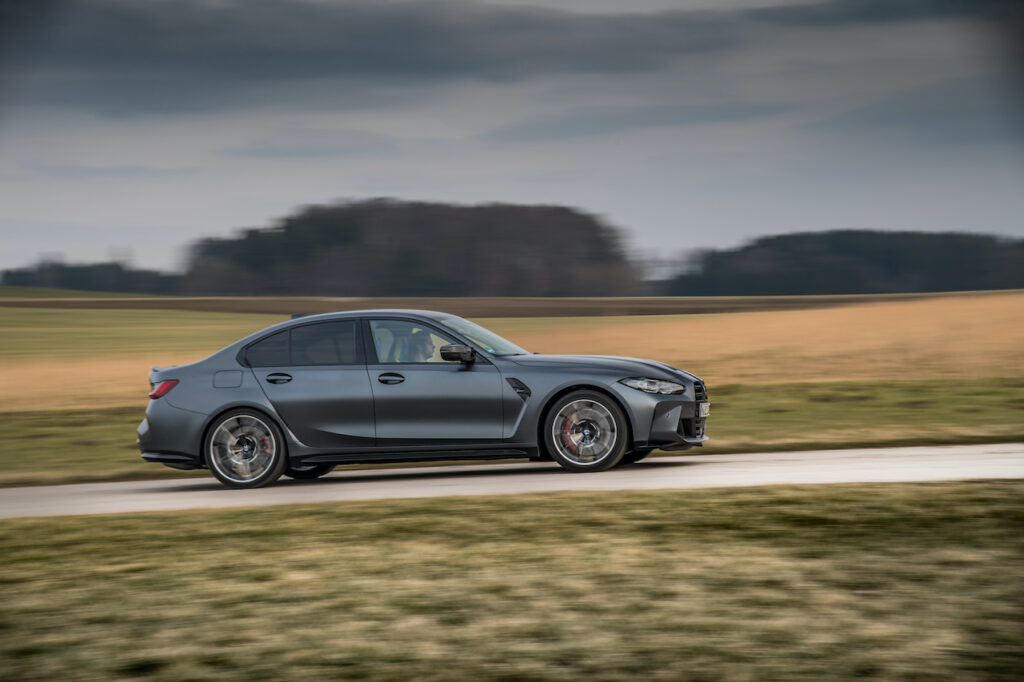
Yep, the i40 M50 has two e-motors and all-wheel drive, while the M3 and M4 are powered by a turbo-petrol inline six-cylinder petrol engine driving the rear wheels. The i4 also weighs almost 500kg more than the M3 sedan and M4 coupe.
Despite all that extra mass, the i4 M50 is a red-hot competitor for the M3 and M4 based on other numbers.
The i4 M50 makes 400kW and 795Nm and accelerates from 0-100km/h in 3.9 secs.
The top-spec M3 and M4 Competition produce 375kW and 650Nm and accelerate from 0-100km/h in 3.9 sec.
They are not much different in size either. The i4 is 11mm shorter and up to 50mm (and a bit) wider and higher. What about the wheelbase, the fundamental basis upon which the car is built? One millimetre shorter at 2856mm.
And the i4 does look a bit the same as the M3 and M4 too. Those big grilles – love them or hate them – are pretty similar.
Pricing acts as a differentiator and one that might increase the appeal of the i4 M50 rather than decrease it. It is pitched at $124,900 plus on-road costs. The M3 and M4 range currently spreads from $144,900 to $159,900 (plus on-roads).
When the xDrive all-wheel drive versions of the new M3 and M4 arrive later this year – including a convertible – the pricing will top out at $176,900.
While power and torque will stay the same, the 0-100 acceleration times will drop to 3.5 seconds for the hard-tops and 3.7 sec for the drop-top., handing the performance edge back to the ICE models.
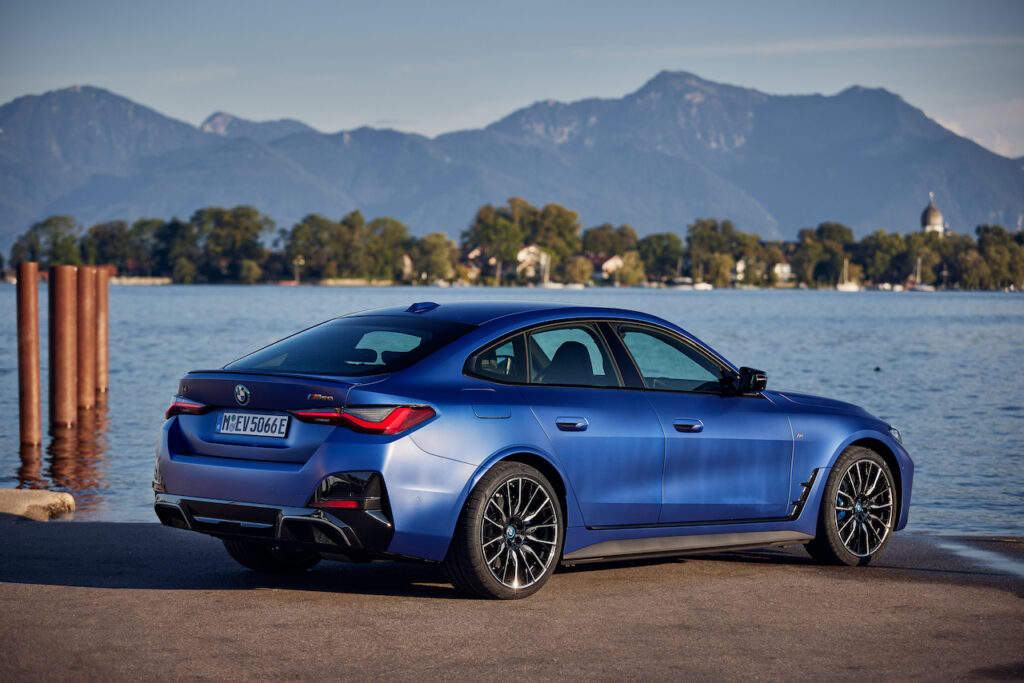
Bruch argued i4 M50 drivers will instead be rewarded in other ways.
“The i4 M50 will deliver incredible performance and handling while balancing the different dynamic requirements and factors influenced by integration of electric motors and batteries,” he insisted.
“For example, we adopted air suspension exclusively at the rear in order to deliver BMW-signature driving dynamics and a level of safety independent of the load condition posed by the overall vehicle concept.
“Other key differences include a different sound due to its electric powertrain compared with the BMW M TwinPower Turbo inline six cylinder engines of the BMW M3 and M4.
“However, it has its own character due to the work we have done in development to create an emotional aural experience.”
The i4 is part of a ramp-up of BMW’s BEV models in Australia. The iX3 and iX SUVs are also headed down under soon.

